The History of Rolling Papers: How Custom Rolling Papers Have Evolved
Posted by Custom Cones USA on Apr 23rd 2020
As cannabis legalization has rolled out across the United States, Canada, and the World there has been an upsurge of the amount of new rolling paper booklet brands to hit the market.
Everyone wants to get their rolling papers conveniently and that means at the same place where they are getting their flower. This was largely different during the 90’s and early 2000’s, as rolling paper booklets for cannabis were still in their infancy.
Usually, you would have to go into a gas station or convenience store to get them, but worst of all, there was little to no variation. However, with the invention of the rolling paper dating all the way back to the 1500’s, you could see how far rolling paper booklets have come along.
Rolling papers were designed to roll your own cigarettes, which meant that the paper inside was thicker and was not designed to maintain the taste of delicate cannabis. The focus of these early rolling paper booklets was to make the rolling paper similar to cigarette paper making it familiar for tobacco smokers.
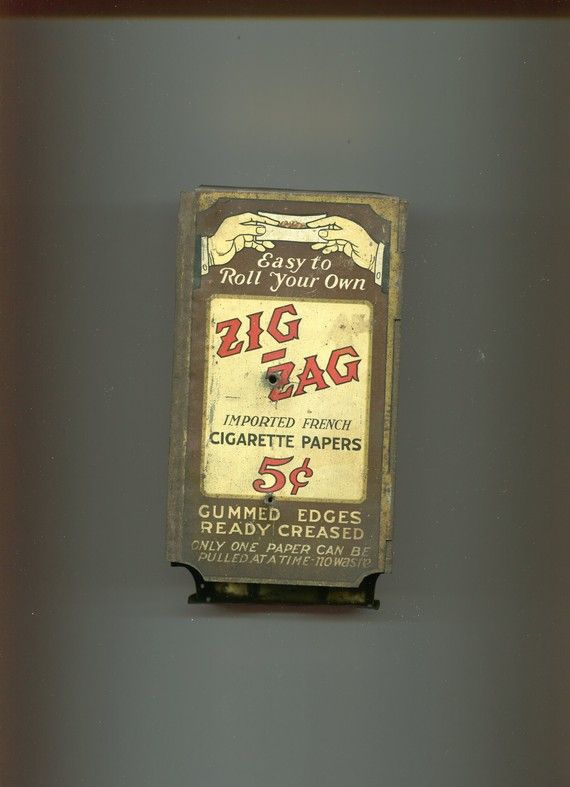
Zig-Zag Tin Rolling Paper Dispenser - Early 1900's
This meant brands like EZ Wider and Zig Zag were everywhere in retail locations, though the paper quality often did not leave a fulfilling taste or allow the flavor of cannabis to shine through.
Fortunately, during this time, there were many brands like Raw and Shine that were introduced that began to incorporate ultra-fine paper from France and Spain. These brands started to give the true joint experience, as they were slow burning, without additives, and with ultra-thin rolling paper.
These new booklets truly tailored for cannabis, also started the trend of putting additional customization onto the booklet beside just the custom branding. This included filter tips, magnetic closures, adding custom designs on the inside, and then making display boxes for them.
These display boxes are now prominent in all dispensary and retail locations, making them easily found by smokers. As the custom rolling paper booklets have increased in quality, so has the smoking experience, and the trend is undoubtedly that consumers are looking for ease of use, with an enhanced experience.
There are many options now when you go to a budtender in a dispensary: from edibles to shatter; though one type of cannabis is consistently there: flower. You can look at it, in all its glory, then choose amongst some of your favorite custom rolling papers or pre-rolled cones / pre-rolled tubes. This is a stark difference compared to just a few years back when there were little to no brands on the market.
It is unclear who came first, but the first rolling papers were most likely produced in France, as there was a surge of entrepreneur who realized it potential. By the 1560’s, the Mauduit mill in Quimperele, France was starting to produce high quality ultra fine rolling papers.
Soon thereafter, in 1660, Pierre Lacroix, head of the Lacroix, managed to create the first famous rolling paper brand in the market, Rizla. Interestingly enough, in 1532 he traded rolling papers for a bottle of champagne (a steal till this day) and that is what made Pierre Lacroix notice the value that rolling papers had.
Along the way, the company ended up growing exponentially, with ties to Napoleon (for making rolling papers for his troops), and for being among the first, in 1942 to begin to apply natural gum, like acacia gum, to seal the rolling paper when rolled. In our modern time, this is now considered a standard for all rolling papers for an easy roll and to prevent it from ever affecting the taste of the flower.
During this period, it was identified that having paper that has less porosity (by increasing refined fiber bonding and making the fibers tightly wound in turn limited the air that passes through it), it would burn much slower and smoother than other rolling papers in the market.
It’s also a common misconception from consumers that the white paper is Rice paper, when in fact, they are made by wood flax paper, making them natural and not bleached. Initially, there were many additives in white paper however as the rolling paper industry has progressed refined white paper has become a clean, additive free, unbleached rolling paper option.

A classic Rizla rolling paper booklet from 1881.
While Rizla has largely dominated in Europe, it could not maintain its stronghold on the entire market. Even in its native France, it began to see competition from JOB and OCB, who saw the success Rizla was having, and began to manufacturer world class rolling papers themselves.
Companies such as JOB also started using creative advertising through art posters to give their brand an identity. By the 1700’s, France also began to experience stiff competition from Spain as providers of rolling papers.
Pay-Pay from Alcoy, Spain began producing it’s rolling papers in 1703 and till this day is considered one of the oldest running rolling paper mills. Bambu, one of the most identifiable brands, began to manufacture rolling paper in 1764 from Spain.
From then on, countries like Canada, Turkey, and even China began producing their own rolling paper. With new countries making their own rolling paper booklets, there was also an increased diversity of rolling paper thickness and paper types on the market.
The paper thickness was a feature that brands like Rizla improved on, by making their paper ultra-thin, you could produce less ash and provide a better smoking experience. However, this paper thickness is not universal and varies based on the country of origins, as countries like China and Turkey have kept their thicker papers in favor of the ultra-fine French, making them less ideal for premium flower.
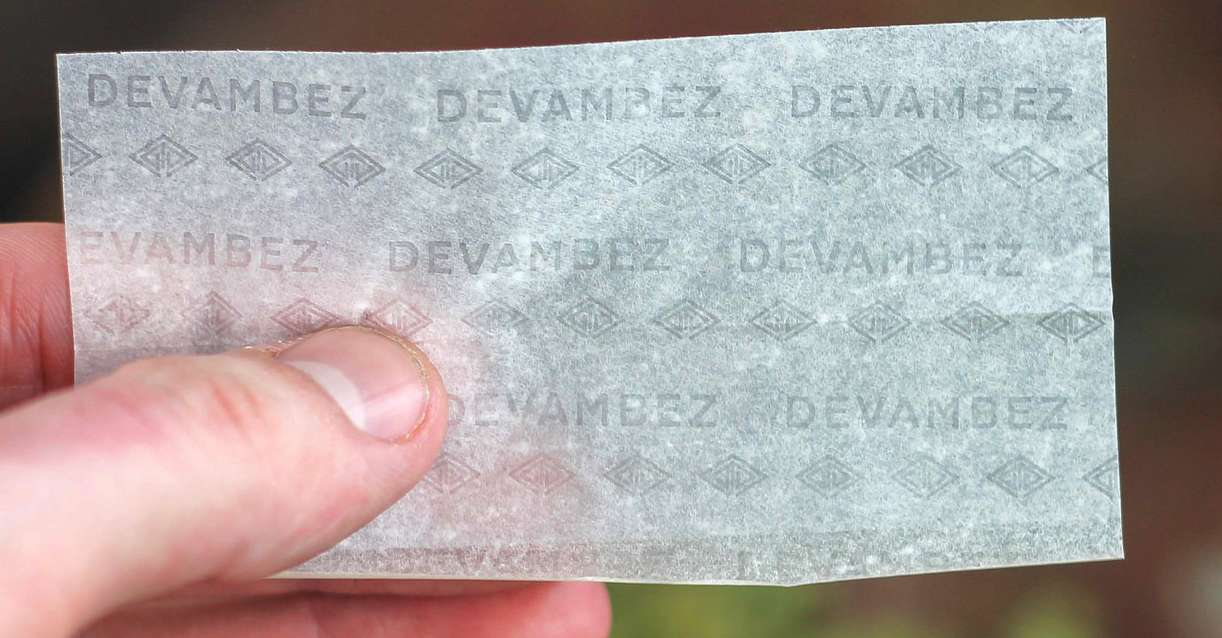
Devambez Watermark in Rolling Paper
Additionally, the French and Spanish branded papers are often watermarked (thin lines on the paper), which give them a distinct aesthetic look to prevent counterfeiters. Due to their refined way of manufacturing the product, the French and Spanish papers generally are the highest quality paper, as their decreased porosity (airflow in paper) still make them, the slowest burning rolling paper compared to counterparts.
As more and more brands began to spring up and new machines for automated rolling paper booklet production were made, the price of each rolling paper booklet began to steadily decrease to make them more affordable. While all these brands were made for tobacco, they began to be used for marijuana consumption, and become an iconic symbol of the culture.
The United States also began to see its own brands start to arrive with E-Z Wider hitting the market specifically for marijuana. In pop culture, rolling papers such as Bambu began to infiltrate the mainstream market with movies like Cheech and Chong’s Up In Smoke.

Cheech and Chong album made to look like a pack of Bambu rolling papers
It didn’t stop there, as rolling paper booklets began to influence up and coming genres like hip hop, through various mentions of rolling papers from artists such as the Notorious B.I.G in their verses. Like off the iconic track “Juicy” where Notorious raps – “Smokin' weed in Bambú, sippin' on Private Stock” in refrence to Bambu Rolling Papers.
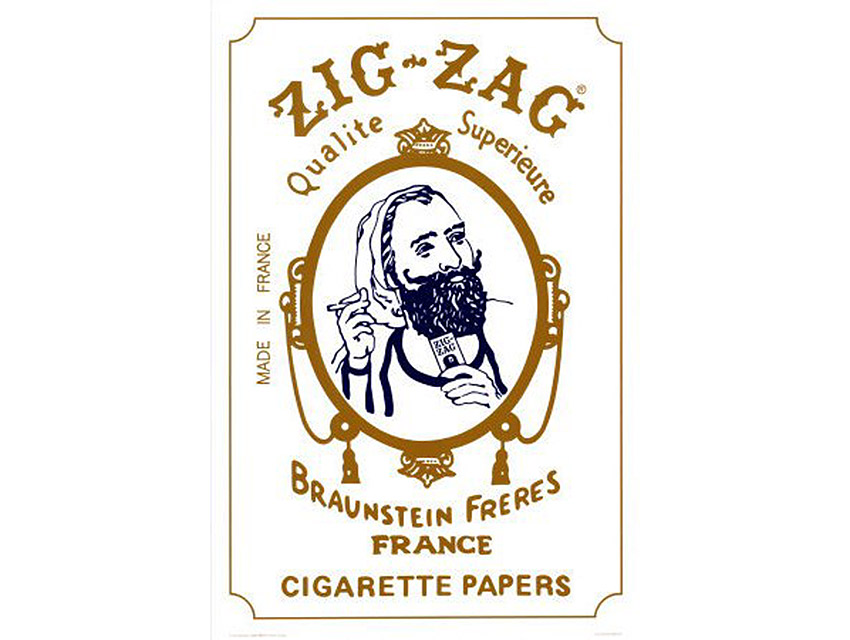
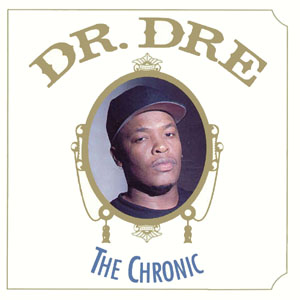
Dr. Dre album art inspired by Zig Zag Rolling Papers
These, among many more pop culture references (think Snoop Dogg and Dr. Dre) made rolling paper booklets ubiquitous with pot smoking, making them even more popular among the youth. Now, if you ever start a show or watch a movie, there usually is a moment of comic relief where the character rolls up a joint. It’s a complete 180 from the times of reefer madness, that’s for sure. This decreased stigmatism toward rolling up, and pot smoking in general, is long overdue.
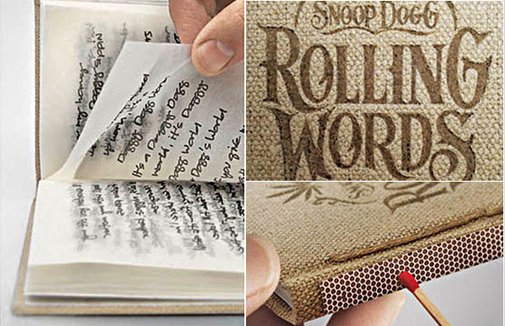

Snoop Dogg Custom Rolling Papers with Lyrics & Dr.Dre's Up in Smoke Tour Custom Rolling Papers
In the modern age, new brands such as Raw and Elements, headed by Josh Kesselman began to be introduced into the market, with a more modern look to them. These brands had a more modern look to them and had a marketing message that made it look as a more “natural” option compared to rolling papers for tobacco.
He relied on the past experience Spain had and went there to manufacture his papers. It showed the importance of having a consistent branding throughout, as Kesselman has been able to command the retail space shelf with his identifiable rolling paper booklets.
Kesselman also introduced flavored papers to the mainstream with Juicy Jays. Now, if you go to any smoke or head shop, you’re bound to find a whole section of his rolling papers in the United States.
With the loosening of the marijuana restrictions across the United States, rolling paper booklets have been in a unique position in that while the consumption of tobacco has dramatically fallen, the consumption of marijuana has only increased.
Retail spaces have found it vastly profitable to place a pack of custom rolling paper booklets in the front of their cashier space, and the United States audience has consistently bought it up.
Though the market has been slow to catch on, there has been now increased competition of the Kesselman / HBI led brands, as new influencers seek to come up with creative ways to make their booklets pop, compared to the generic brands.
As bigger and bigger companies are recognizing the profitability of smoking accessories, the amplified competition has slowly taken the tobacco rolling papers finally out of the market. Many of the companies are now also using research data specifically for marijuana users, without having the previous tobacco industry influencing them, which in turn has made products specifically for marijuana, dominate.

Headshop with a wide variety of rolling papers
For quite a while, it seemed like there was little to no innovation in booklets during the modern times. Besides the changing of colors, no one was quite thinking outside the box.
However, within the past 5-7 years, we have seen a wave of new brands that has pushed the booklet market further. They now have fully embossed rolling paper booklets, with Spot UV, soft touch, and can even come with perforated custom filter tips. Some booklets even add on a magnetic enclosure, it makes it much easier to close the booklets, giving it an even sleeker look.
You can also even add a box of filter tips to the booklets and have the filter already rolled for the consumer, which the market has shown that giving supplies ready to smoke have been the most popular.
Some brands have also sought to make different type of paper kinds, from printed rolling papers (with a variety of colors on them) to Shine’s gold paper, to hemp wrap blunt paper to attempting to make terpene infused papers.
While some have been hits and some have been misses, it’s symbol of what’s to come for rolling papers, as new machines come out that make it possible to produce these types of papers at mass scale.
The display boxes which the booklets are currently put in will most likely be innovated soon too, as the same look has grown stale with consumers, and new ways of buying your booklets have sprung up in retail and e-commerce sites, where people like package rolling papers into subscription boxes or bundling it with ounces of flower at a dispensary. Some companies have even though of printing receipts onto rolling paper with special ink so that customers could use the receipt to smoke up!
Every year, as new smokers enter the market, there’s no question that rolling paper booklets will still continue to compete with glass pipes, as the main way people consume their marijuana or hemp.
We are eager to see which brands will ultimately survive the growing trends or if a dark horse, not yet seen, will win the race as the top rolling paper brand for marijuana smoking. There is one thing for sure, that many have now entered the race, as it’s as profitable as it’s ever been. As long as the quality found in each retail store continues to go in an upward trend, we encourage all competition and draw attention to all willing to push the boundaries!










